Olympic National Park offers several different experiences. There are the beaches, but other parks have rough, rugged coasts. There are ridge-top hiking trails, surrounded by snowy peaks, but other parks have similar alpine excursions. And then, there are the rain forests — and that’s something that’s a little harder to come by. In fact, the Hoh Rain Forest in Olympic National Park is one of the few temperate rain forests in the United States (temperate, meaning wet and cool, or in other words, not a jungle).
Getting to the Hoh Rain Forest takes some commitment. The entrance is on the western side of Olympic National Park — so you’ll need to circle around the Olympic Peninsula if you’re coming from Seattle, or drive up the coast from Oregon. The Visitor Center and trails are down an 18-mile road from US 101, and it’s a slow drive. But once you get there…
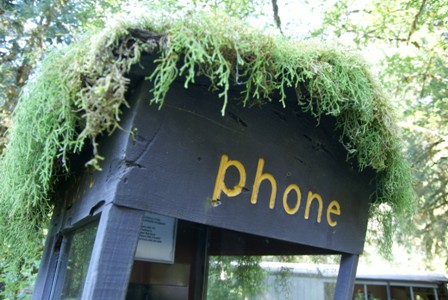
… you’re surrounded by the lushness of one of Washington’s wettest spots. It receives 140 to 170 inches of rain a year, with much of it falling in the Winter months. All that moisture results in ferns, fungus, and moss growing everywhere. This phone booth is one of the first things that will catch your eye — even though the old-fashioned pay-phone is gone.
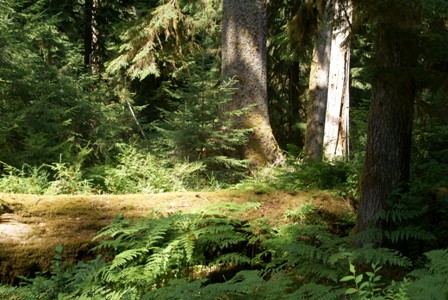
You have a couple of casual hiking options, beginning at the Hoh Visitor Center. The Hall of Mosses is an 8/10 of a mile loop, and the Spruce Nature Trail is a 1.2 mile loop. For this visit, I decided to take the longer option.
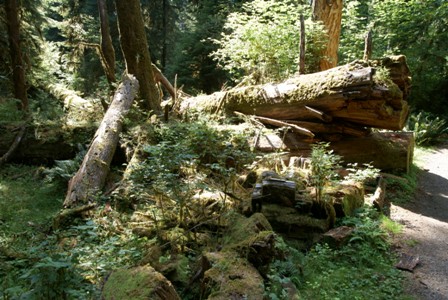
Whichever trail you choose, you will see fallen giants…
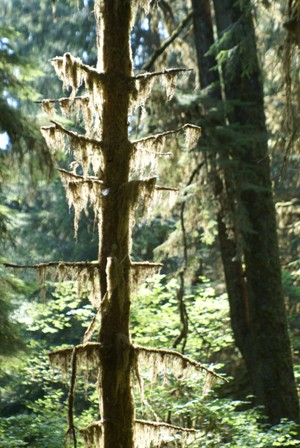
… and moss-draped survivors…
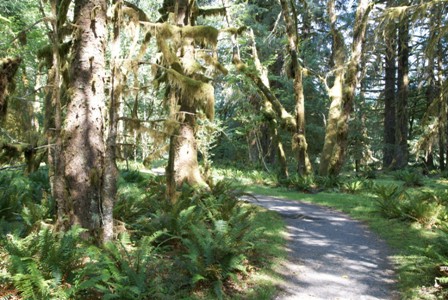
… as the easy path takes you underneath the canopy. The Spruce Nature Trail eventually leads…
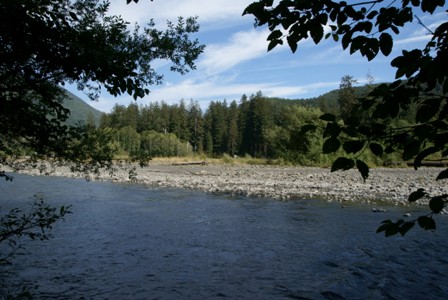
… to the Hoh River.
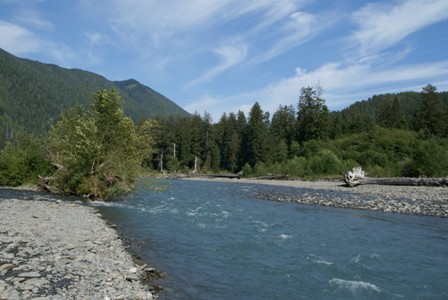
You’ll notice the river has a milky-whitish-blue appearance. That’s because much of its water comes from glaciers. Those big, ice-capped mountains are nearby, but too far away to see from the trail.
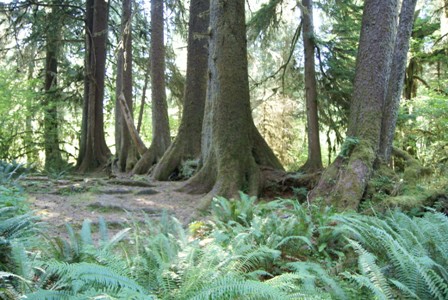
As you circle around, you’ll notice giant trees lined up in a row. These “newer” trees took root in a “nurse log” — a fallen giant that provided nourishment to the seeds that sprouted from it.
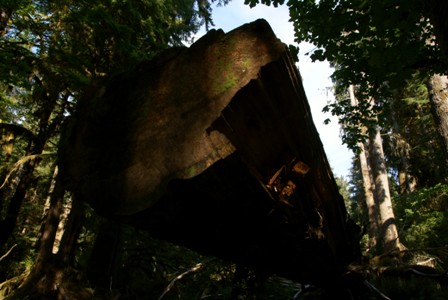
Occasionally, you’ll come across a log that had to be cut, in order to allow the trail to pass. These trees fall from time to time, due in part to their shallow root system. They don’t need deep roots, because there’s so much water available near the surface.
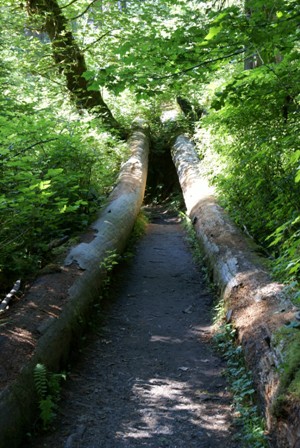
The Spruce Nature Trail passes between these logs, then underneath one of them. It’s such a dramatic spot, that I took nearly the same picture during my 2004 visit.
On that trip, I also tackled the Hall of Mosses trail, but this time, I settled for just one walk through the rainforest. After all, a long drive awaited, simply to get back to US 101. Civilization was much further.
Drivelapse Video
Here’s the time-lapse, dash-cam video of the drive into, and out of, the Hoh Rain Forest, beginning and ending at US 101.

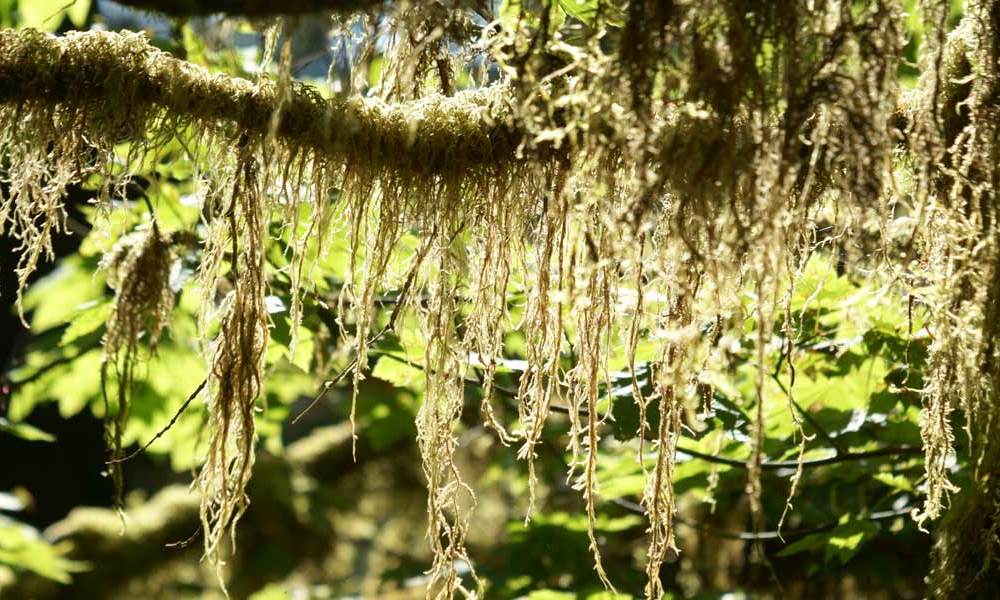
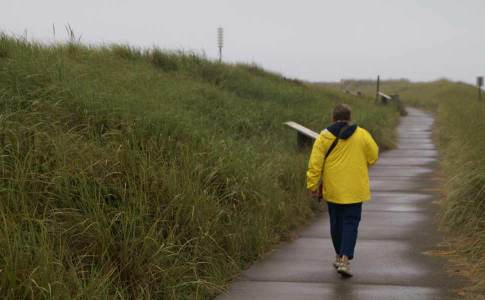
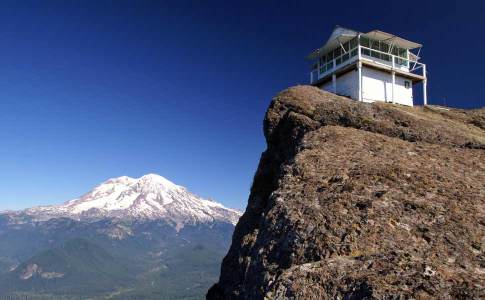
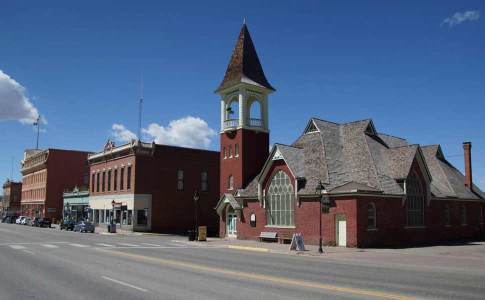
No comments